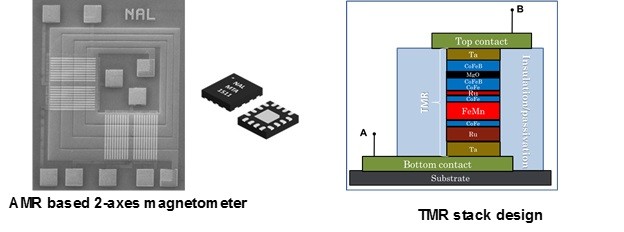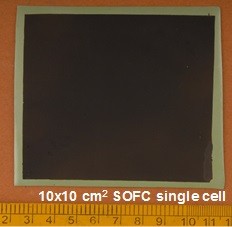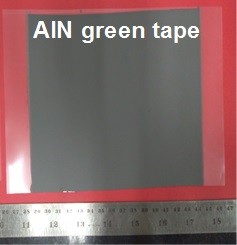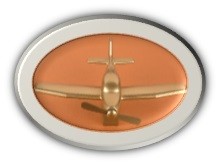
NANOSCALE ARCHITECTURE
Coatings for space applications
Highly polishable nanocrystalline Ni multilayer coatings have been developed on CFRP composite specimens. The coating can be polished to a mirror finish. This work may pave way for the development of next generation light weight mirrors for ISRO`s space missions.
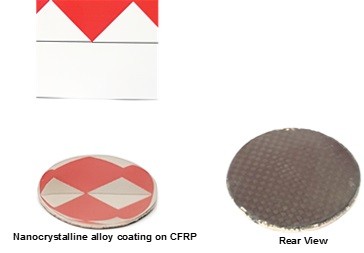
In order to bleed off the electrostatic charges from flexible optical solar reflector (FOSR), which is used for passive thermal control system of the satellites, the Division has developed highly transparent and moderately conducting ITO thin films on laboratory scale FOSR devices. These coatings qualified the stringent simulated space environment tests.
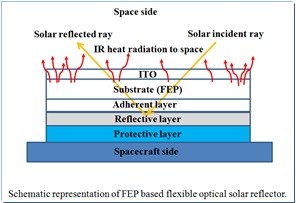
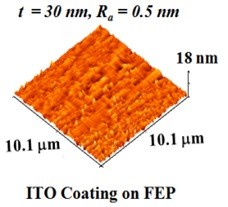
Hydrophobic, superhydrophobic and anti-icing coatings
Sprayable hydrophobic, superhydrophobic and anti-icing coatings have been developed to impart water/ice repellency for aircraft surfaces. The anti-icing coating exhibits significantly low ice adhesion strength on aerospace aluminum alloy. The present research focus of the Division is on improving the endurance and durability of these coatings.

Nanowires, nanodots and nanopillars
Porous anodic alumina membranes with uniform pore size (20 – 200 nm) and tunable thicknesses (100 nm – 10 μm) have been prepared using anodization process. Using these templates, magnetic nanostructures have been fabricated for high density storage and switching applications.
The Division has also fabricated silicon nanopillars using nanosphere lithography and metal-assisted chemical etching processes. These surfaces exhibit omni-directional, polarization and wavelength insensitive light trapping properties. Additionally, SERS sensors based on plasmonic silver nanoparticles decorated silicon nano pillars have been developed for multi-analyte detection of a variety of biological molecules with extremely high sensitivity.
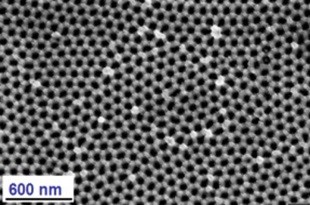
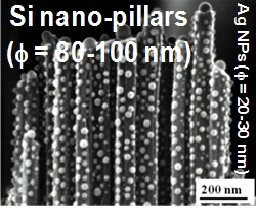
Nano and micron sized oxide powders
The Division has acquired expertise in the synthesis of industrial ceramics such as alumina, ceria, zirconia and rare-earth oxide based powders by simple and cost-effective methods. These powders have been used in tape casting, slurry spraying, thermal spraying and electrodeposition processes for the development of functional coatings (IN254523, 0160NF2013, 0301NF2013, 59/NF/2008, US 8546284B2).

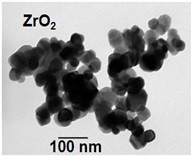
Materials for stealth applications
Electromagnetic interference (EMI) shielding materials are currently in high demand for both civilian and military purposes. The Division has initiated activity on the synthesis of single/multi-walled carbon nanotubes, graphene, graphene oxide and nickel based polyalloys. These nanomaterials are being targeted for broadband light absorption, radar absorbing materials, EMI shielding, etc. Research on transparent conductors such as ITO and metallic grids is being pursued for EMI shielding applications. Meta-materials are also being investigated for stealth applications.
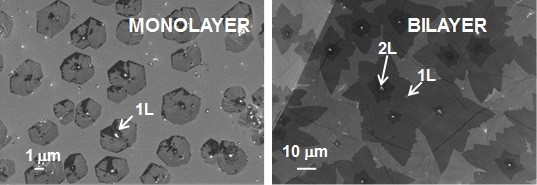
SED in collaboration with CEM has initiated work on radar absorbing materials (RAMs) and paints based on composite materials with different ferrites and polymeric dielectric matrix for X and Ku bands. RAM coatings have been developed by a simple spray technique on large metallic, polymer composites and FR4 substrates.
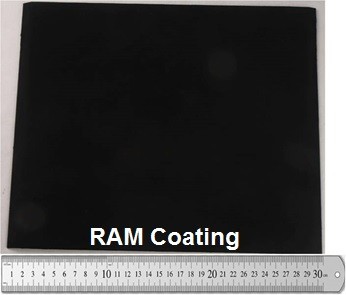

 English
English हिन्दी
हिन्दी